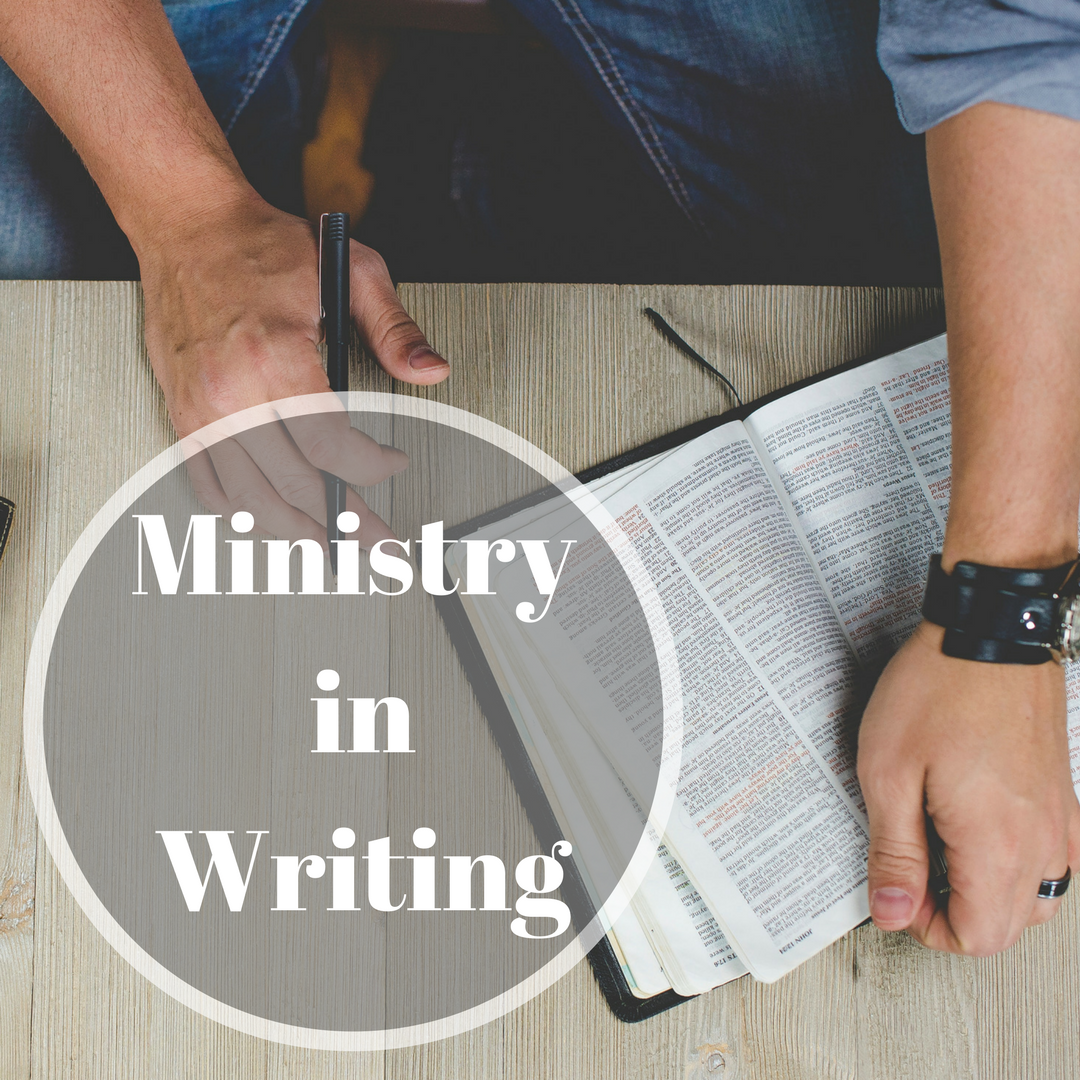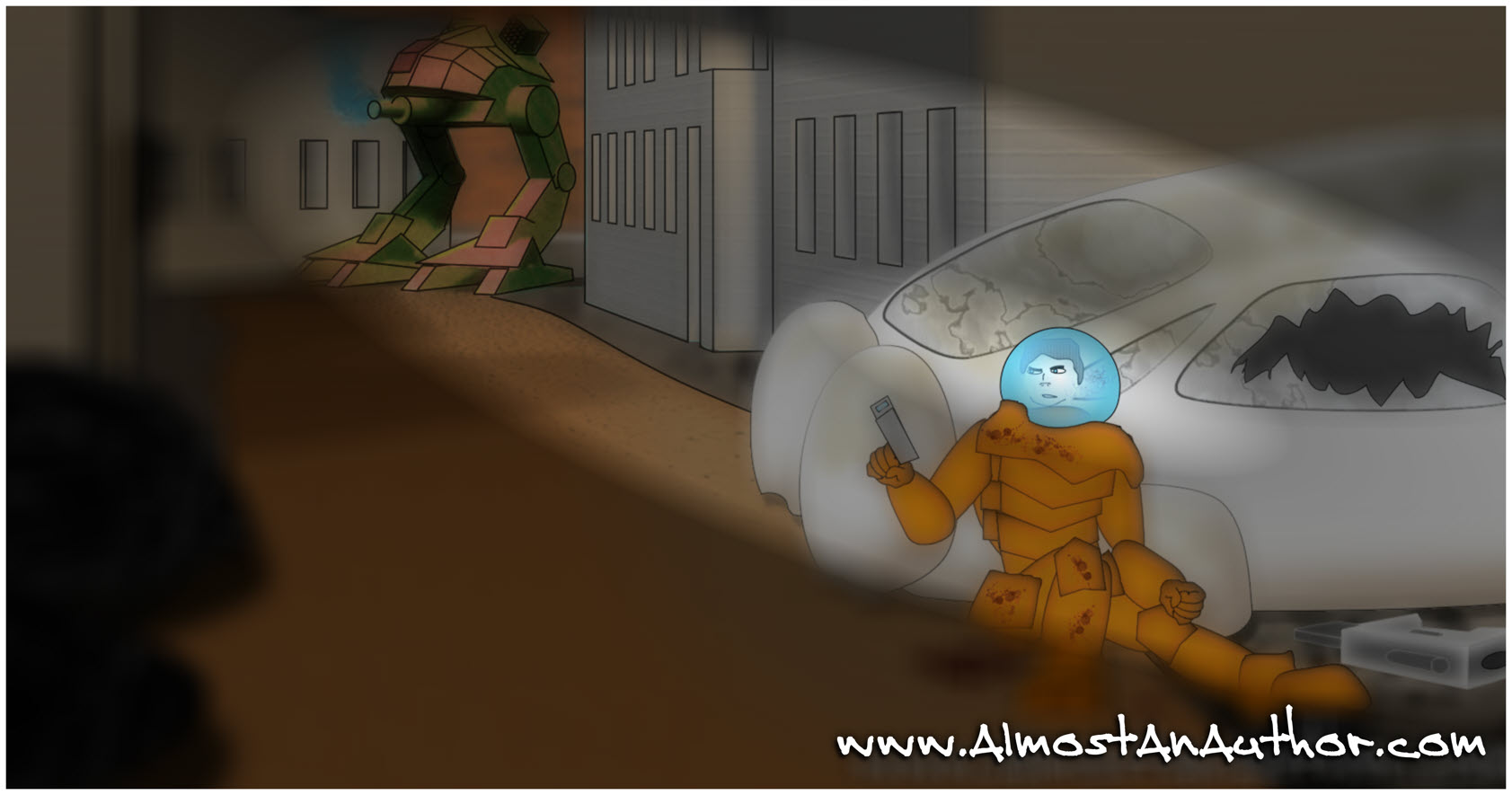
The Art of Mind Mapping: Unleashing Creative Potential Unconventional Ideas to Inspire Your Next Masterpiece
Nothing beats the thrill of writing the opening paragraph of your next novel or the first stanza of a…
December 13, 2023
Nothing beats the thrill of writing the opening paragraph of your next novel or the first stanza of a…
December 13, 2023
If you’re feeling uninspired and like nothing you write seems good anymore, you likely got a case of writer’s…
May 14, 2023
If you’ve been writing and working towards getting published, even more so, if you are writing because you know…
June 14, 2018
This is the year—the year we finish the manuscript and click send. The year we commit to being…
January 27, 2018
Ah, at last! The proposal and manuscript is complete, polished, and sent. A contract is offered and joyfully signed.…
December 24, 2017
Progress has stalled on our latest writing project. We avoid our desk, tamp down the guilt, and stay busy…
November 24, 2017
The writing life stands poised to strike fear into the most steadfast heart—launching arrows of self-doubt, rejection-terror, and insecurity.…
October 24, 2017
We’ve spoken before about how little details can help color your storyworld. Societal habits, mating customs, dinner choices, and…
August 10, 2017
Most days, writing brings us joy. Our brains stay on overdrive as we scribble ideas on scraps of paper,…
June 23, 2017
I was immersed in online research for a work-in-progress when my computer froze and a warning banner flashed across…
May 23, 2017
Please Lord, please…could I possibly get an honorable mention? Just one of those beautiful folders with a certificate inside.…
April 23, 2017
We’ve submitted that article, devotion, or book proposal, and the feelings of euphoria have begun to fade. Questions ping…
February 23, 2017
Jim held a gray spheroid up to the light. “So Doc, you’re saying the sex of this alien was…
February 13, 2017
With an incredible sense of purpose, I opened the window blinds and faced the morning sun. Today, I thought,…
January 23, 2017
Three days before Christmas, a delivery man turned in our driveway, honked the horn, and requested my signature. Then…
December 23, 2016
Need a bit of insight as you ready the pen or laptop today? Consider the following from one of…
November 23, 2016
The carbine was still jammed and Jim couldn’t do anything to fix it. He finally tossed it aside and…
November 9, 2016
Tackling a writing project can be a battle—a hard-fought conflict with procrastination, fear, insecurity, and self-discipline. We’ve all authored…
October 23, 2016
The murmur of countless alien tongues subsided as the chairman of the interstellar council called for order. The delegates…
October 11, 2016
It’s time for a check-up. Take a deep breath and consider this: What do you love most about writing?…
September 23, 2016
What a day. We’ve been fighting to stay in the zone, our fingers flying over the keyboard searching for…
May 18, 2016
The title of this post sounds ridiculous I know. I’m sure this article will get flagged by the A3…
April 21, 2016
By all accounts, it was a productive year. Articles were accepted for publication. A book contract hung on my…
April 10, 2016
Conference season is upon us and social media is abuzz with encouragement to click a sign-up link and submit…
March 14, 2016
The writer’s life is not for the faint of heart. There are moments that are downright scary. That first…
February 15, 2016